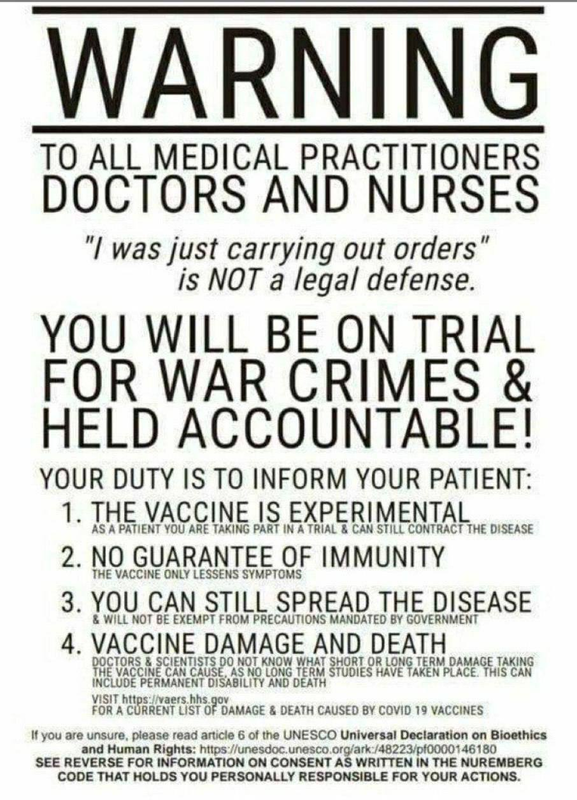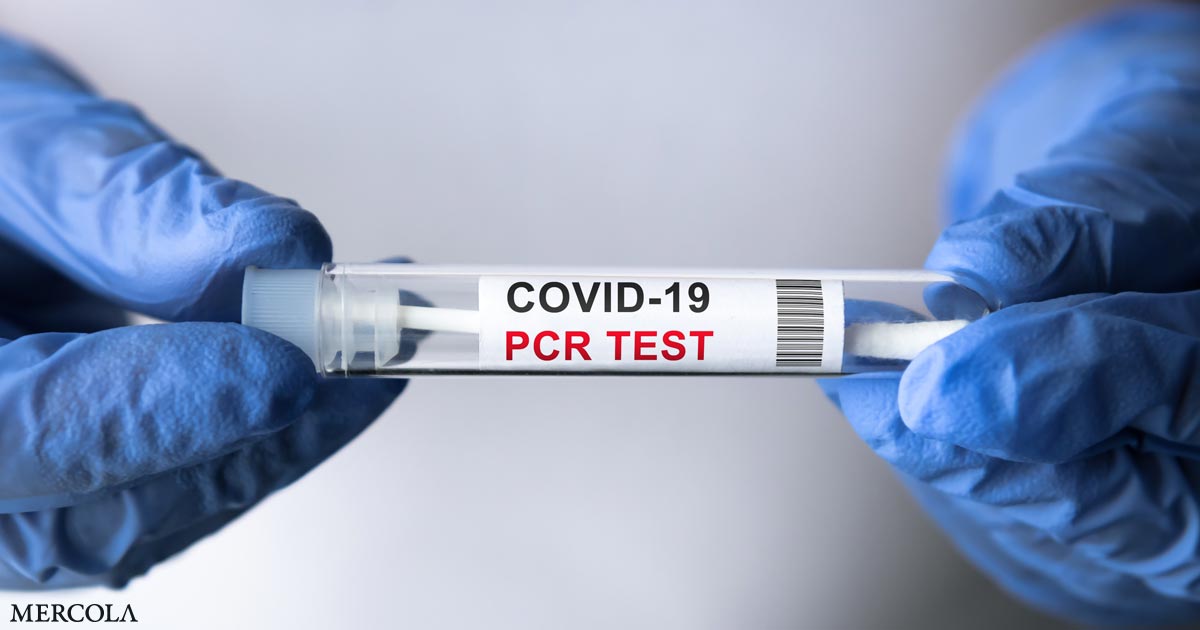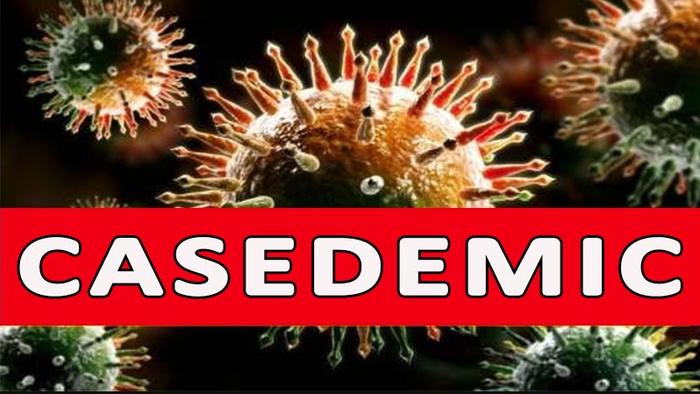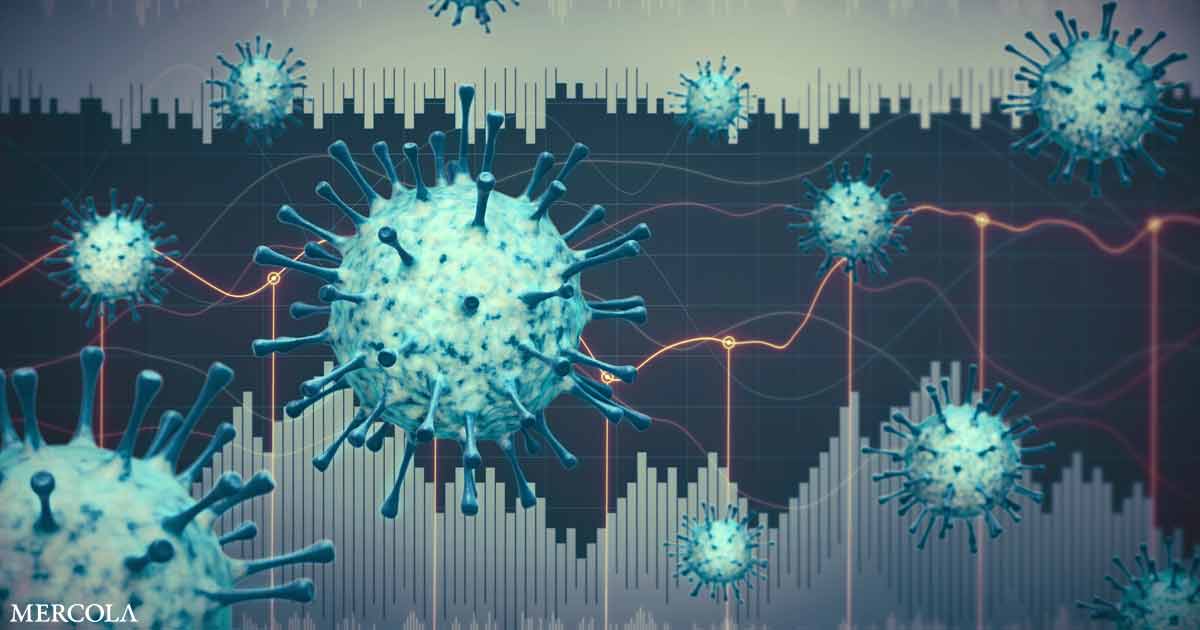Asymptomatic 'Casedemic' Is a Perpetuation of Needless Fear
Analysis by Dr. Joseph Mercola Fact Checked
November 19, 2020
STORY AT-A-GLANCE
The PCR test is not designed to be used as a diagnostic tool as it cannot distinguish between inactive viruses and “live” or reproductive ones
Many if not most laboratories amplify the RNA collected via PCR swab far too many times, which results in healthy people testing “positive” even if their viral load is very low or the virus is inactive and poses no threat
Amplification over 35 cycles is considered unreliable and scientifically unjustified. Dr. Anthony Fauci has admitted the chances of a positive result being accurate at 35 cycles or more “are minuscule.” Yet the CDC, FDA and WHO all recommend using 40 to 45 cycles
Recent research shows that to maximize accuracy, PCR tests for COVID-19 should use far fewer cycles. At 17 cycles, 100% of the positive results were confirmed to be real positives. Above 17 cycles, accuracy drops dramatically. By the time you get to 33 cycles, the accuracy rate is a mere 20%, meaning 80% are false positives
When symptomatic, your chances of getting a true positive on the first day of symptom onset is only about 40%. Not until Day 3 from symptom onset do you have an 80% chance of getting an accurate PCR result
As coronavirus testing takes place en masse across the U.S., many are questioning whether the tests are accurate enough to trust, especially in people who are asymptomatic. Positive reverse transcription polymerase chain reaction (RT-PCR) tests have several drawbacks that make mass testing problematic and rife for misleading fearmongering.
For starters, the PCR test is not designed to be used as a diagnostic tool as it cannot distinguish between inactive viruses and “live” or reproductive ones.1 This is a crucial point, since inactive and reproductive viruses are not interchangeable in terms of infectivity. If you have a nonreproductive virus in your body, you will not get sick and you cannot spread it to others.
Read on..
https://articles.mercola.com/sites/articles/archive/2020/11/19/covid-testing-fraud-fuels-casedemic.aspx?ui=cc3bda071cea093989f8666ad23dafa64ba98df7ba33b0b36d6c9f7048c75d14&cid_source=dnl&cid_medium=email&cid_content=art1HL&cid=20201119&mid=DM713362&rid=1014509410
Asymptomatic 'Casedemic' Is a Perpetuation of Needless Fear
Analysis by Dr. Joseph Mercola Fact Checked
November 19, 2020
STORY AT-A-GLANCE
The PCR test is not designed to be used as a diagnostic tool as it cannot distinguish between inactive viruses and “live” or reproductive ones
Many if not most laboratories amplify the RNA collected via PCR swab far too many times, which results in healthy people testing “positive” even if their viral load is very low or the virus is inactive and poses no threat
Amplification over 35 cycles is considered unreliable and scientifically unjustified. Dr. Anthony Fauci has admitted the chances of a positive result being accurate at 35 cycles or more “are minuscule.” Yet the CDC, FDA and WHO all recommend using 40 to 45 cycles
Recent research shows that to maximize accuracy, PCR tests for COVID-19 should use far fewer cycles. At 17 cycles, 100% of the positive results were confirmed to be real positives. Above 17 cycles, accuracy drops dramatically. By the time you get to 33 cycles, the accuracy rate is a mere 20%, meaning 80% are false positives
When symptomatic, your chances of getting a true positive on the first day of symptom onset is only about 40%. Not until Day 3 from symptom onset do you have an 80% chance of getting an accurate PCR result
As coronavirus testing takes place en masse across the U.S., many are questioning whether the tests are accurate enough to trust, especially in people who are asymptomatic. Positive reverse transcription polymerase chain reaction (RT-PCR) tests have several drawbacks that make mass testing problematic and rife for misleading fearmongering.
For starters, the PCR test is not designed to be used as a diagnostic tool as it cannot distinguish between inactive viruses and “live” or reproductive ones.1 This is a crucial point, since inactive and reproductive viruses are not interchangeable in terms of infectivity. If you have a nonreproductive virus in your body, you will not get sick and you cannot spread it to others.
Read on..
https://articles.mercola.com/sites/articles/archive/2020/11/19/covid-testing-fraud-fuels-casedemic.aspx?ui=cc3bda071cea093989f8666ad23dafa64ba98df7ba33b0b36d6c9f7048c75d14&cid_source=dnl&cid_medium=email&cid_content=art1HL&cid=20201119&mid=DM713362&rid=1014509410













